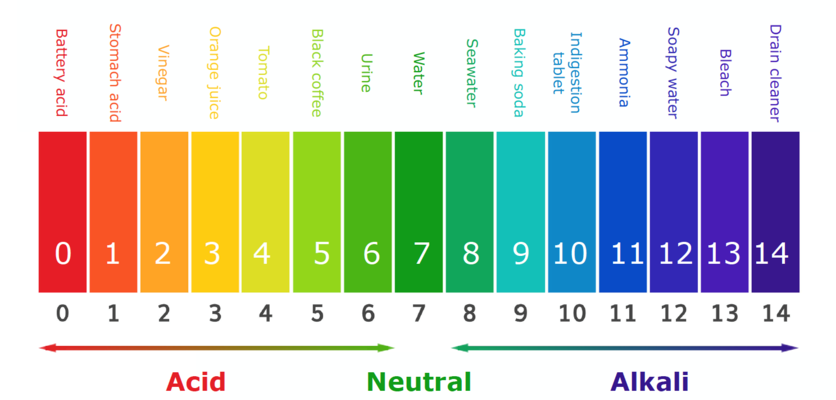In my last post, I discussed some initial ideas for themes that I could use for teaching this Sunday's Primary lesson on Ruth and 1 Samuel from the Old Testament. In this post, I'll be working up these ideas to develop a draft lesson plan.
The Book of Ruth is short and bitter-sweet, telling a tale of tragedy (with Naomi, Ruth and Orpah losing their husbands whilst out in Moab). Ruth takes to gleaning / foraging for scraps to sustain herself and Naomi, but ends up under the protection of Boaz, who treats her well, tries to find a suitable partner for her amongst her kinsfolk, and ends up marrying her himself. This BibleProject YouTube video summarises it well, and makes a very interesting point at the end about how Heavenly Father is hardly mentioned in this book, showing that people in the OT can be kind and generous to each other without any spiritual prompting.
We could start by introducing Ruth's story, and talking through the initial events leading to Ruth gleaning on the farm. We could then have the kids do some sort of gleaning in the classroom, by trying to find scraps of paper on the classroom floor that have some writing on them (and distinguishing them from other pieces without any writing), to replicate the sense of having to sift through matter on a farm to find useful scraps. The writing could have clues for the next part of the lesson, perhaps a scripture reference for them to read out.
Gleaning, by Jean-François Millet at Google Arts Culture, Public Domain, from Wikipedia
We can talk about how Boaz noticed Ruth, protected her, and treated her with kindness. One episode in particular could be interesting to explore further, where he invites her to lunch amongst his farm workers (who are all men). In Ruth 2:14 Boaz invites Ruth to eat bread and vinegar with him. This article on Forward.com talks about how to replicate this lunchtime meal, and why the people back then would have chosen to eat bread and "sour wine".
There's some interesting elements here that we could explore further. The first is to get the kids to taste something similar to this, to see what they think. We can talk about how it sounds horrid at first - vinegar is something sour that you might put on chips, but would you want to dip bread into it? We could bring in some nice bread and balsamic vinegar, and invite the kids to try it out themselves, to show them that it doesn't have to be as bad as it sounds.
There may be a way to delve more deeply into the science here, through consideration of what an acid is. Acids are molecules that donate protons (Wikipedia), and they are known to taste tangy. Vinegar contains acetic acid, and the kids will know of other acidic compounds, for example lemon and orange juice (which contain citric acid).
The opposite of acidic is an alkali or base (Wikipedia). These are molecules that accept protons (the opposite of an acid). Alkaline substances are known to taste bitter. The acidity or alkalinity of substances is measured by their pH, with a pH of 0-6 being acidic, 7 being neutral, and 8-14 being alkaline. This table shows a list of foods with their pHs. There aren't many foods that are strongly alkaline. Some of the weakly alkaline foods on the list include asparagus, the oddly named "wax gourd drink", and tofu. Baking soda is a stronger alkaline that is edible, and it's sometimes used to calm the effects of indigestion. A non-edible alkali is chalk.
There are some interesting experiments you can do that involve combining acids and bases.
- You can create a foaming solution, or cause the lid of a sealed test tube to pop off. This American Chemistry Society teaching guide explains how to do these demos to kids.
- You could make sherbet, a sweet powder that's made up of sugar, citric acid and flavourings, that combines with the slightly alkaline saliva in your mouth to give you a strong fizzy sensation (here's a recipe suitable for kids, and another one by the Royal Australian Chemical Institute). We could have the kids make up a small amount of sherbet and taste it to see what happens.
- A variation of this is to make green soda.
- Another is to make bubbling foam with citrusy smells.
The story of Ruth is about her finding a path back from the darkness whilst working in the fields. Photo by Rowan Chestnut on Unsplash



Comments
Post a Comment